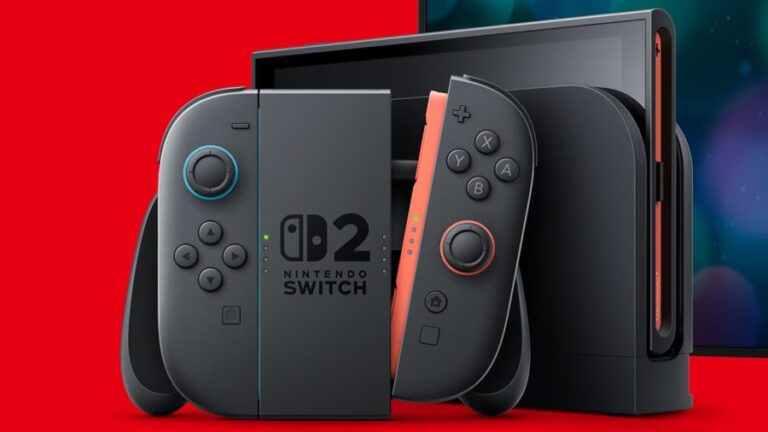
image by readwrite
There’s a lot of buzz surrounding the upcoming Nintendo Switch 2, but new developments in U.S. tariffs may make its price a little bit surprising. If you’re looking forward to upgrading, you may want to brace yourself for a likely rise in price. But why exactly would tariffs make this next-gen console more expensive? Let’s break it down.
Understanding U.S. Tariffs and How They Affect Imports
As there is little economic news that can boil down to the impact of tariffs on the Nintendo Switch 2‘s pricing, we need to step back first and see how changes in U.S. tariffs news and policies could affect overall U.S. tariffs. A tariff is, by definition, a tax that the government puts on goods coming into a country. Tariffs are instituted mainly to safeguard local industries, decrease trade surpluses and stimulate domestic production. But when tariffs hit what amounts to critical subassemblies or totally manufactured products imported from other countries, then businesses tend to hand down the higher costs to consumers.
What Is the Current Tariff Rate for the United States?
The average current U.S. tariff rate varies by product category and country of origin. For electronics and gaming consoles, tariffs can be between 0% and 25% especially if you buy components from China. What are the U.S. import tariffs on gaming consoles such as Nintendo Switch 2? Gaming consoles have long avoided heavy tariffs, but the changing trade policies between the U.S. and China could alter that.
United States: Tariffs on China Explain High Prices
Many of Nintendo’s suppliers are based in China. The Nintendo Switch and its successor, the Switch 2, are made primarily by Foxconn and other manufacturing partners in China and Vietnam. The U.S. has imposed a series of tariffs on Chinese goods in recent years as part of a protracted trade war. Due to these tariffs, the production cost of many tech products for manufacturers has increased.
If the Biden administration, or later governments, decide to hike U.S. tariffs on China, materials used to manufacture the Nintendo Switch 2 could face higher import duties. That would impact Nintendo’s cost structure, which could translate directly into a higher retail price for American buyers.
What Was the Intended Effect of U.S. Tariffs?
The goal of U.S. tariffs was to shield American industries and lessen reliance on Chinese production. But in sectors such as consumer electronics and gaming, there are few local alternatives. The result is that instead of increasing local production, such tariffs generally increase costs for consumers. Sony, Microsoft and Nintendo are but a few examples of companies that may need to raise prices in order to cover these new costs.
What Would Tariffs Mean for The Price of the Nintendo Switch 2?
Though Nintendo hasn’t yet shared official pricing details for the Nintendo Switch 2, analysts expect it to come in the $399-$499 range. If tariffs do increase on Chinese-manufactured goods before the release of the iPhone, however, it will be $50-$100 more on its retail price.
Nintendo Possible Workarounds
In order to lessen these potential price increases, Nintendo could consider a few different approaches:
Transitioning more production to Vietnam (which has fewer tariff restrictions)
Eating some of those extra costs to keep the price reasonable
Finding alternative countries to source the components from to avoid those high tariff costs
Conclusion: Are Gamers Willing to Buck up for the Switch 2?
It remains to be seen if the Nintendo Switch 2 will actually be affected by U.S. tariffs, but given history, we know that trade policies can have a major impact on the price of consumer electronics. In the event that U.S. tariffs on China rise or new tariffs on gaming consoles are imposed, anticipate higher prices for the next generation of Nintendo’s hybrid console.
For American gamers hoping to scoop up the Switch 2 at a lower price point, keeping an eye on potential changes in U.S. tariff news and what are the U.S. import tariffs might be key. For now, we can only wait for official pricing, and hope that Nintendo can find ways still to minimize costs amid rising trade headwinds.
Author

John Tanko – Founder & Lead Editor
Hello, I'm John Tanko—avid gamer and creator of Next Gamer Gen. My gaming habit began several years ago in...